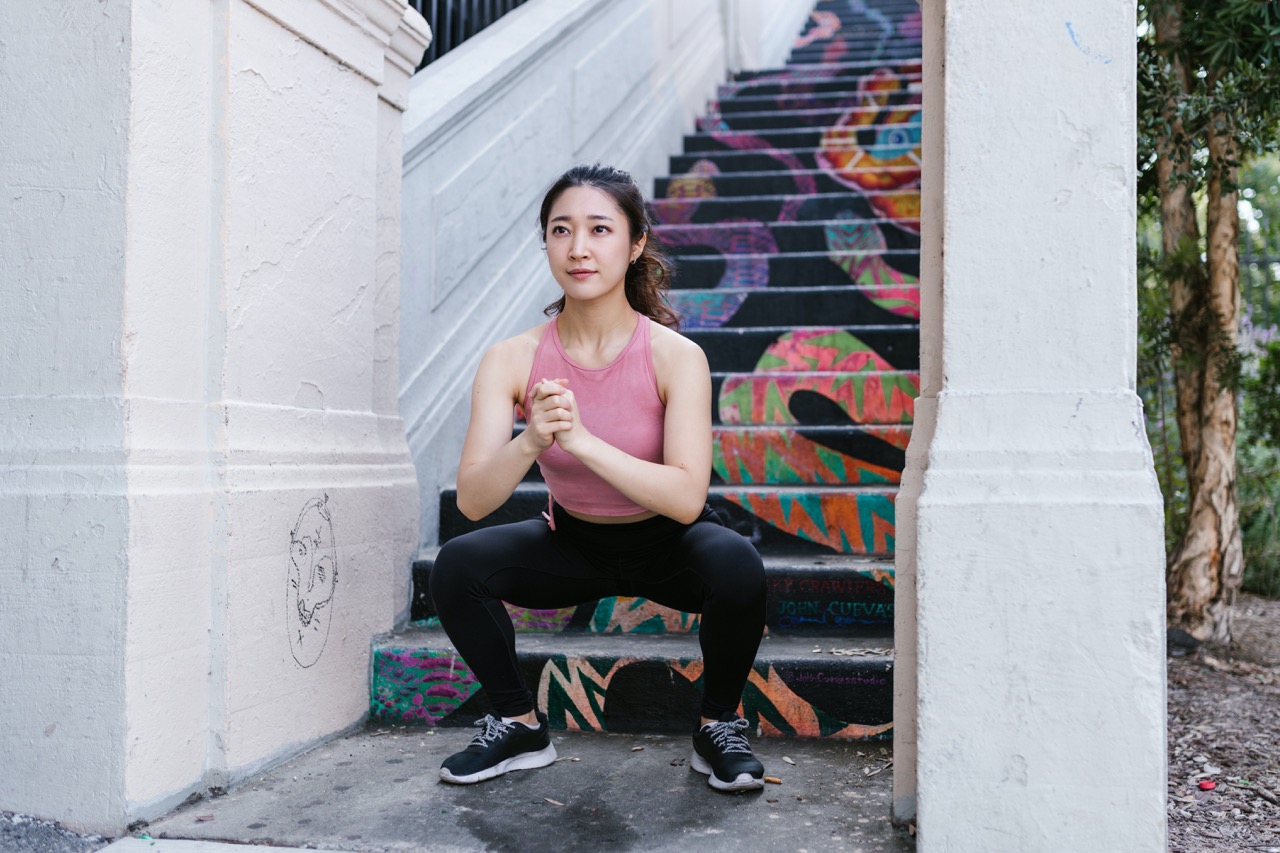Have you ever heard the term “Asian Squat”? Is it real that only Asians can complete Asian Squats? The answer is certainly no.

What is Asian Squat?
If you have ever been to an Asian country or have some Asian friends, you may find that people in Asian countries like to squat to eat, chat, wash clothes, and so on. It looks easy for them, but many tall and strong westerners find it difficult to assume such a posture.
The standard Asian Squat requires the coordination of the waist, hips, knees, and ankles as well as some multiple muscles. You can test whether you can make it through the following steps:
- Squat to the lowest with the balls of your feet on the ground, the lower legs completely folded, and the hips close to the heels.
- Keep your weight over the foot while your torso is relatively upright, not rocking back or forth.
- Keep this posture for one or two minutes and try to relax your leg muscles.
Why can’t some people do Asian Squats?
According to a study, 100% of Asian people can do Asian Squats, but in the United States, only less than 14% of North Americans can do it. It is interesting and the reasons are not one-sided.
- One interesting explanation is that many Europeans and Americans use toilets while in China squat toilets are used in many places. As time goes by, habits are shaped. If you do not deliberately take squats, Asian Squats may be difficult for you.
- Besides, the muscles worked in Asian squats include the erector spinae, gluteus maximus, quadriceps at the front of the thigh, hamstrings, and gastrocnemius and soleus of the lower legs. When any muscle goes wrong, problems arise.
- Your hamstrings get stretched when you squat. Some people have short hamstrings so their heels fail to touch the ground.
- Also, knee, hip, ankle, and lumbar diseases can affect the completion of an Asian squat.
- Of course, some people fail to finish an Asian Squat because of being overweight.
Is it healthy to do the Asian Squat?
Squatting makes it easier to poop and prevents disease-causing bacteria and toxins from building up in your gut according to Health and Natural World. And squatting toilet avoid direct contact, which can reduce the chance of infection. Also, the squat works leg muscles and butt. However, it is harmful to the waist and hips if you maintain this squat position for a long time, and short-time dizziness is possible. So add some squat workouts to your routine to strengthen your butt and hips!
Two simple squat workouts to tone your glutes
Basic Squats
- Stand with your feet shoulder-width apart.
- Keep your upper torso upright and start squatting until your thighs are parallel to the floor as if you are going to sit back into a chair.
- Rise slowly and repeat.

Single Leg Squats
- Stand on a foot with another leg lifted and stretched out.
- Keep your upper torso upright and start squatting as if you are going to sit back into a chair. You can hold out your arms to keep balance.
- Squat as low as you can and rise slowly. Shift your working legs.


